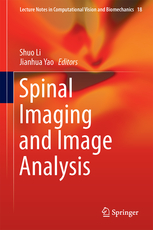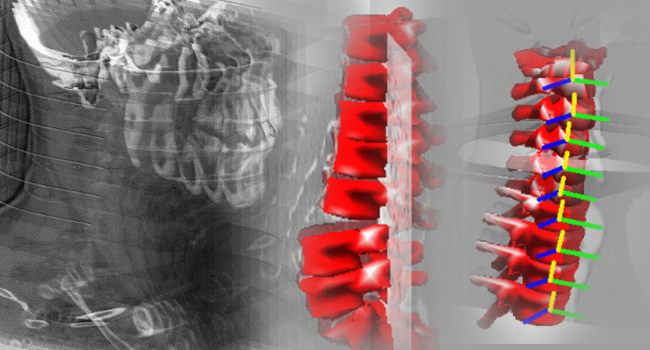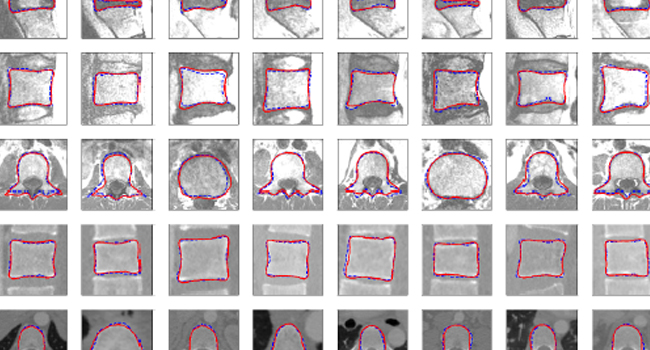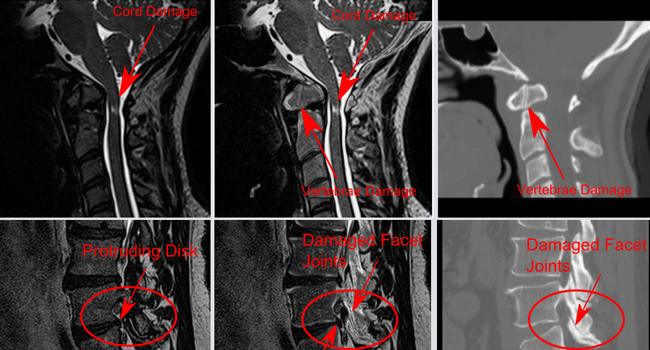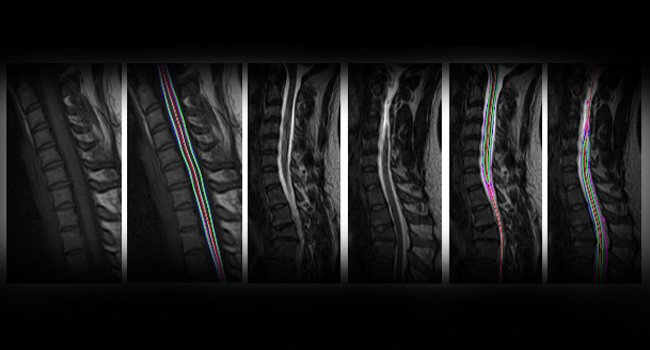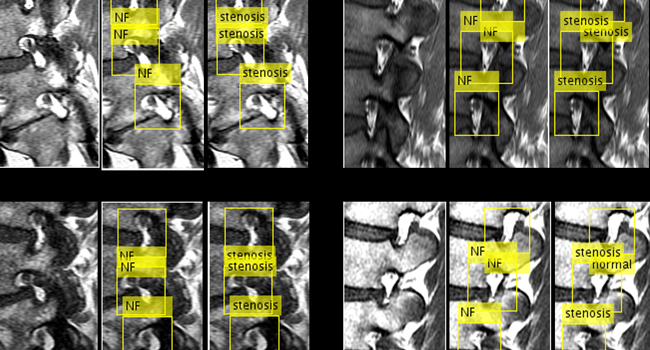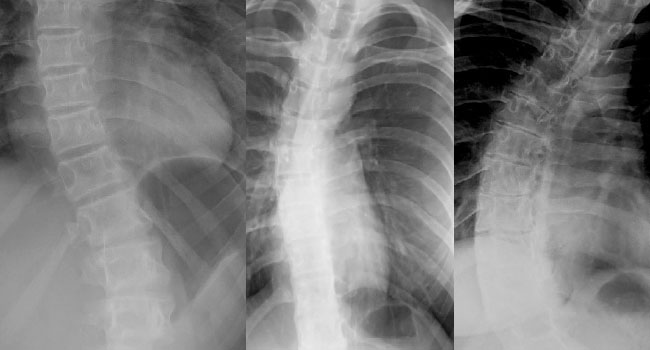Spine Activities
CSI 2016 Workshop & Challenge
The 4th Workshop on Computational Methods and Clinical Applications for Spine Imaging (CSI 2016) will be held in conjunction with MICCAI 2016 in Athen, Greece. The workshop will take place on Monday, October 17, 2016.
CSI 2015 Workshop & Challenge
We are happy to announce that our workshop and challenge proposals got accepted. For the third time, we will organize the CSI Workshop & Challenge in conjunction with MICCAI to be held in Munich, Germany, October 2015.
CSI 2014 Workshop & Challenge
The 2nd Workshop on Computational Methods and Clinical Applications for Spine Imaging (CSI 2014) was held in conjunction with MICCAI 2014 in Boston. The workshop took place on Sunday, September 14 at the Harvard Medical School.
CSI 2013 Workshop
The 1st Workshop on Computational Methods and Clinical Applications for Spine Imaging (CSI 2014) was held in conjunction with MICCAI 2013 in Nagoya.
Transactions on Medical Imaging
Special Issue on Spine Imaging, Image-based Modelling, and Image Guided Intervention.
Computerized Medical Imaging and Graphics
Special Issue on Computational Methods and Clinical Applications for Spine Imaging.
